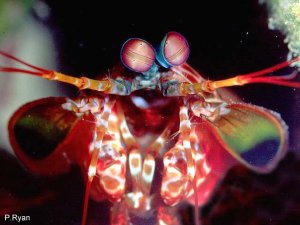 Modelled on the template of the successful FishBase web archive about all fish species known to science, SealifeBase has started to collect, check and make available information about organisms living in and off the oceans. It provides information about non-fish vertebrates (all marine mammals, sea birds), fishes (from FishBase), crustaceans, mollusks, echinoderms, coelenterates, hexacorals, and marine algae (in collaboration with AlgaeBase).
Modelled on the template of the successful FishBase web archive about all fish species known to science, SealifeBase has started to collect, check and make available information about organisms living in and off the oceans. It provides information about non-fish vertebrates (all marine mammals, sea birds), fishes (from FishBase), crustaceans, mollusks, echinoderms, coelenterates, hexacorals, and marine algae (in collaboration with AlgaeBase).
Supported by the Oak Foundation, the SealifeBase has some 250 international collaborators engaged in building up the information system to the same level of reliability and coverage as FishBase. But with so many more groups and species, it's a huge task. So far (August 2013), the scientific knowledge about taxonomy, biology, distribution and conservation status of more than 125,000 species have been covered. Efforts are made to show pictures of as many species as possible.
From the beginning, emphasis is placed on collecting local names in different languages together with the scientific names and associated information. At the moment, the system contains some 27,000 common names. Of course, many species that are not commercially used, do not have common names. It is hoped that the effort of placing a wealth of validated information about marine biodiversity into the public domain in an easy-to-use manner will help create a level-playing field for non-specialists to vital biodiversity information.
SeaLifeBase is coordinated by Dr. Maria Lourdes Palomares. Data entry is done by the SeaLifeBase team based at FIN in the Philippines. The FishBase Consortium made up of scientific teams provides scientific backstopping. They are based in institutions from Belgium, Brazil, Canada, China, France, Germany, Greece, Malaysia, Philippines and Sweden and the Fishfinder Team at the FAO in Rome. SeaLifeBase is constantly searching to expand the network of collaborators from around the world to increase coverage and quality control.
Have a look for yourself - click on the link.








